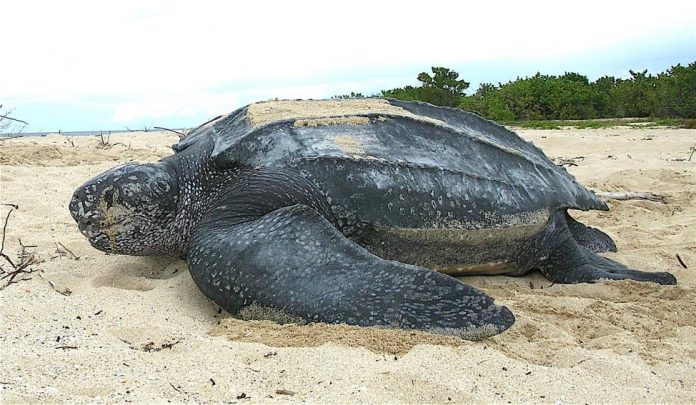
Feb. 7 (UPI) — The significant environmental costs of humans’ meat consumption are becoming increasingly apparent.
According to a new study published this week in the journal Conservation Letters, meat-eating is to blame for the shrinking populations of at least 200 large animal species. At least 150 of those species are facing the threat of extinction.
“Direct harvest for human consumption of meat or body parts is the biggest danger to nearly all of the large species with threat data available,” William Ripple, distinguished professor of ecology at Oregon State University’s College of Forestry, said in a news release. “Thus, minimizing the direct killing of these vertebrate animals is an important conservation tactic that might save many of these iconic species as well as all of the contributions they make to their ecosystems.”
Ripple and his colleagues lowered the threshold for which species qualify as megafauna. Scientists classified all mammals and fish over 220 pounds, as well as all amphibians, birds and reptiles over 88 pounds, as “large animal” species.
“Those new thresholds extended the number and diversity of species included as megafauna, allowing for a broader analysis of the status and ecological effects of the world’s largest vertebrate animals,” Ripple said. “Megafauna species are more threatened and have a higher percentage of decreasing populations than all the rest of the vertebrate species together.”
An analysis of megafauna over the last 500 years showed humans have hunted roughly 2 percent of large animals to extinction. The trend continues today, researchers warned in their paper.
Though hunting for consumption remains the largest threat, the use of animal parts in traditional medicine — primarily in Asia — also works to shrink megafauna populations.
“In the future, 70 percent will experience further population declines and 60 percent of the species could become extinct or very rare,” Ripple said.
Not all the large animals threatened by meat consumption are prized by hunters. Some threatened species are simply collateral damage, caught in snares or fishing nets. Many large species also suffer as the result of pollution and habitat loss.
As livestock operations expand, and more land is needed to grow food to feed cattle, pigs and other animals, forests and fields are converted, robbing large animals of the acreage they need to hunt and maintain healthy populations.
Many of Earth’s largest species are genetically unique, like the Chinese giant salamander — one of only three living species representing a family with a lineage that can be traced back more than 170 million years. The salamander’s extinction is fast approaching.
“Preserving the remaining megafauna is going to be difficult and complicated,” Ripple said. “There will be economic arguments against it, as well as cultural and social obstacles. But if we don’t consider, critique and adjust our behaviors, our heightened abilities as hunters may lead us to consume much of the last of the Earth’s megafauna.”



